Secrets of growing sorrel
Sorrel is a very useful plant, without which no green borscht can be cooked. It contains a lot of vitamins, which explains the high level of popularity of this plant.
Content:
- Plant features
- Soil selection and processing
- Sowing sorrel
- Sorrel care and cleaning
- Sorrel disease and pest
Plant features
This plant belongs to category of perennial dwarf shrubs. There are also annual varieties of this breed. Sorrel has over 120 varieties.
This plant is characterized by:
- The presence of oblong leaves that grow from the very ground.
- Sorrel rises in early spring, after the first snow melts.
- This plant blooms with very small white flowers, which are attached to a long pagon.
If there is snow cover in the autumn-spring period, then the sorrel is able to withstand frost. This plant reproduces mainly from seeds, which begin to germinate two weeks after planting. Sorrel blooms only in the presence of low humidity and high temperatures.
A small shade is favorable for the development of the leaves of this plant.
Growing sorrel is easy enough... In one place, this plant can be grown for no more than three to four years. This is due to the fact that this crop in the last years of life is able to significantly reduce the level of yield.
Soil selection and processing
When choosing soil for sorrel, you need to pay attention to:
- To keep it weed-free. Sorrel suffers most from weeds. It should also be moist enough, but there should be no stagnation of water in the ground.
- The depth of groundwater should not exceed one meter.
- Most sorrel bears fruit in loams and sandy loams, which are characterized by the presence of a large amount of humus.
- Overdo it with humus not worth it, as this can lead to the disappearance of the plant.
- Sorrel prefers slightly acidic soils (on which it gives the highest yield). That is why liming should not be carried out under this plant.
Before planting sorrel (in the autumn), it is necessary to prepare the soil and saturate it with fertilizer.
For this, the earth is dug up with a shovel at the level of the bayonet, and humus is placed under the bottom. You can also fertilize sorrel soil with superphosphate, potassium chloride, or compost. In the spring, it is also necessary to fertilize the soil. For this, nitrogen fertilizers in the form of urea are used. Before planting the plant, the soil must be kept clean, that is, various weeds must be removed from its surface.
Sowing sorrel
You can sow sorrel in the ground three times per season:
- The first sowing of sorrel falls in early autumn.
- The second is for the summer.
- The third is for late autumn.
Planting seeds in the spring is carried out immediately after the soil becomes suitable for this. Such a planting allows you to get a crop of sorrel in the same year. Summer planting of the plant falls in June-July. It is produced immediately after ripening and harvesting crops such as lettuce, green onions or radishes. If you carry out summer sowing, this will allow the plant to strengthen well, and the owner to get a high yield in early spring.
If sorrel is not planted in black soil, then it is best to do it in early spring.
This is due to the fact that during this period all moisture is collected in the upper layers of the earth, which guarantees a quick and high-quality plant rise. If the plant was planted in the summer, then the seeds must be watered regularly before sunrise. It is very risky to plant sorrel in the fall. This is due to the fact that high humidity in warm autumn can lead the plant to germination, which will adversely affect the spring harvest. That is why in winter it is best to plant sorrel in sandy soils. This procedure is performed in regions characterized by a temperate climate. Sow sorrel necessary in the beds... For this, rows are prescribed, where seeds are sown evenly and densely. The distance between the rows of sorrel should be at least 25 centimeters.
One square meter of soil should fall about 0.3 grams of seeds.
After the seeds have been sown in the ground, they must be covered with a small layer of earth. Next, the soil is rolled up. If there is no special device for performing this action, then you can simply slap it with the back of the rake or stamp it with your feet. This will significantly increase the level of seed similarity.
Sorrel care and cleaning
In the first year after disembarkation:
- The soil between the rows of sorrel must be periodically loosened and weeds removed, which can simply reduce the plant's yield.
- Also, this culture must be fed regularly.
- The sorrel crop is cut in the first year of life a month and a half before the soil freezes. Otherwise, the leaves of this plant will decompose on the ground and create a vacuum. This can negatively affect the root system of the plant.
- In the autumn period, compost and humus must be added to the aisles. No more than 4-5 kilograms of this fertilizer are used per square meter of soil. With this procedure, the sorrel rhizomes are slightly mulched.
Next year, in the spring, it is necessary:
- Apply a complete mineral fertilizer to the soil, which includes potassium chloride, superphosphate and urea.
- In order to increase the yield of sorrel, it is necessary to feed the plant with mineral fertilizers, in which nitrogen will prevail.
- If the weather is dry, then the dressing should be liquid, and if it is rainy, then, on the contrary, dry.
It is necessary to remove sorrel only after the leaves reach the sizes normal for the variety, and their number will be 4-5 pieces.
Before harvesting sorrel, it is necessary to weed it, and after this process - loosening the aisles with a hoe. It is necessary to cut the leaves with a knife at a height of 4-5 centimeters from the ground surface. Harvesting must be done in May-July. In these three months, three to five crops can be harvested.
Harvesting more than a month before the soil freezes can significantly reduce yields.
Sorrel disease and pest
Despite the fact that sorrel is a fairly unpretentious plant, it can be attacked by a variety of diseases and pests.
The most common of these is rust, which is of three types:
- They are characterized by the appearance of small, round spots of orange or yellow color, which increase as the disease progresses.
- This disease significantly reduces the growth rate of plants and also spoils the appearance of the leaves.
- Sorrel become unusable.
- The most effective method of combating this disease is copper sulfate. It must be diluted in water and sprayed on the plant.
Sorrel can also carry viral diseases such as root rot or bacterial cancer:
- This is due to the fact that the infectious potential accumulates on sorrel plantations.
- For the prevention of these diseases, it is necessary to cultivate fruit seeds and destroy the remnants of the plant affected by the disease.
Very often this plant is attacked by beetles and larvae of sorrel leaf gnawing, which damage the structure of the leaves of this plant. Also, very often, the false caterpillars of the sorrel dusters attack the culture. In order to get rid of these pests, it is necessary to pollinate the plant after harvest. For this, hexachlorane dust is used.
Very often, the plant is attacked by the sorrel aphid, which is able to suck the juices from the stems and leaves of the plant, which significantly reduces the yield.
To destroy this pest, it is necessary to spray the sorrel with a solution of nicotine sulfate or anabazine sulfate. Soap is added to these preparations. Pest control should be carried out in the fall, when the leaves will not be used for food. If the pests do not give rest in the spring, then it is necessary to cut and discard the sprayed leaves after a few weeks. Only the next sorrel harvest can be eaten.
Do not forget that proper care of this plant will help to avoid many diseases, which can be caused by excess moisture or fertilizers, dry soil, etc.
Growing sorrel requires the correct implementation of several procedures:
- Soil selection.
- Planting seeds.
- Fertilizer.
- Watering.
- Harvesting.
Correct and timely implementation of these procedures will significantly increase the yield of sorrel. Also, the occurrence of many diseases occurs due to improper care of it, which significantly reduces the level of productivity of the plant and makes it unsuitable for human consumption.
More information can be found in the video.




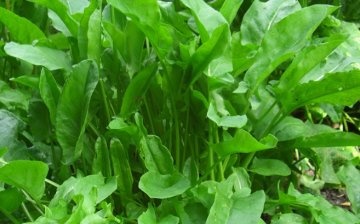
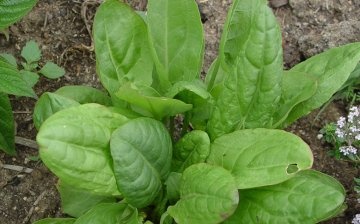

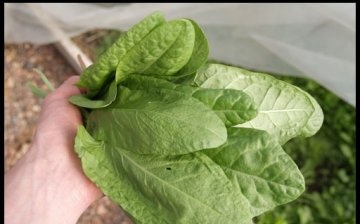
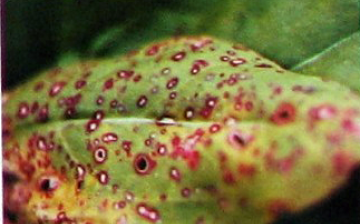






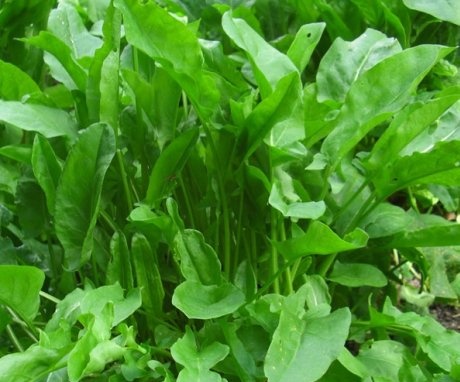
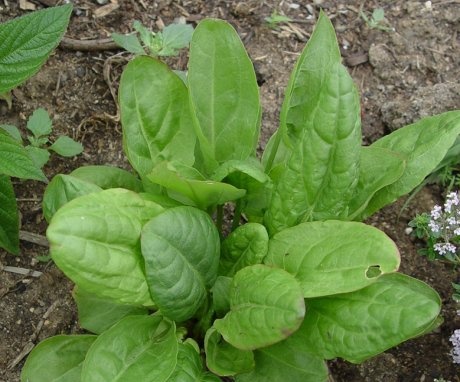
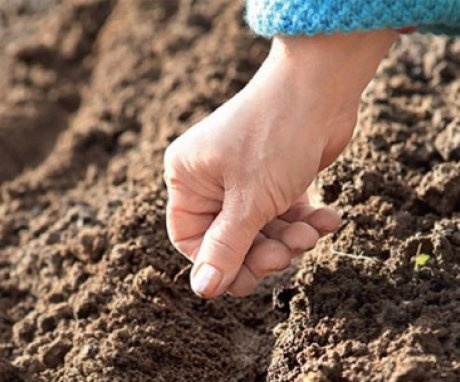
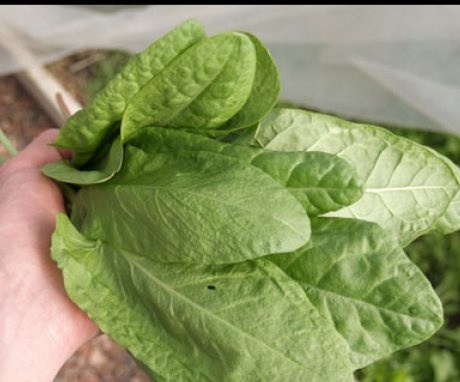
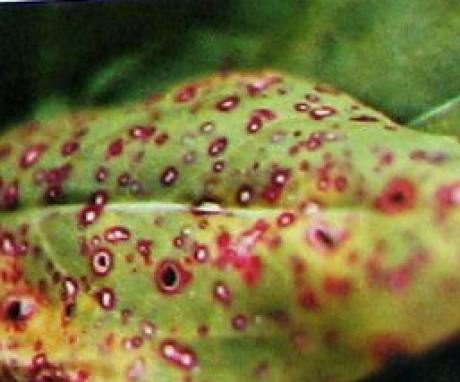
I didn't even know that growing sorrel is a whole science. My parents have their own home. They will both plant it, and then they themselves will prepare it for the winter, and we have enough. They have good conditions and land, as it grows very well and without sores. Yes, sorrel itself is not whimsical.
They planted sorrel a long time ago and it grew safely for five years in one place. But this year he probably died out and only a couple of bushes remained. It is a pity, we will have to plant a new one now
We, too, have never had any problems with growing sorrel. They planted it and grows, only it is necessary to water it on time. We cut off one batch, after a while new leaves grow.
Sorrel grows in our garden without fail, because green cabbage soup in early spring is the most delicious. Our soil is just loam, the plant likes it. Got some new tips for feeding and pest control. But I still have a problem. The fact is that very quickly the plants go into arrows and throw out inflorescences. I don't have time to cut. Can you advise how to slow down this process?